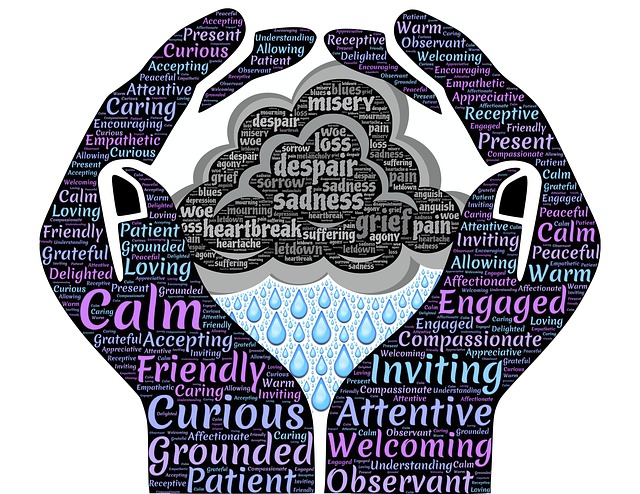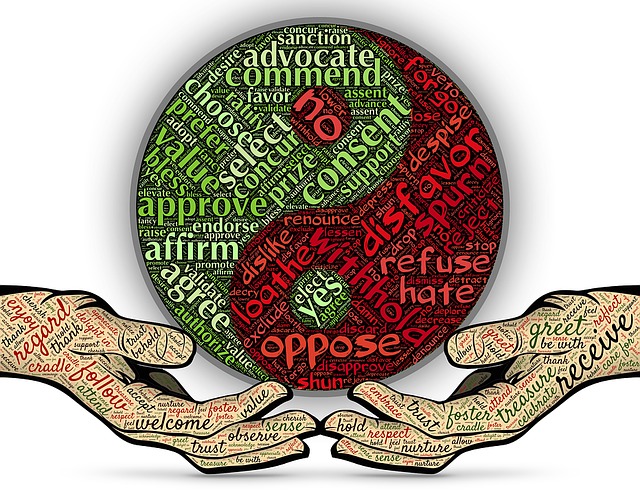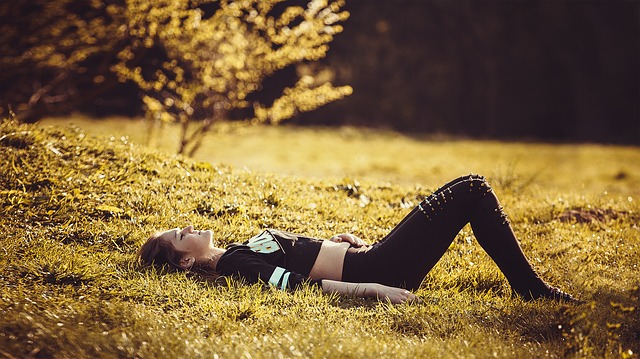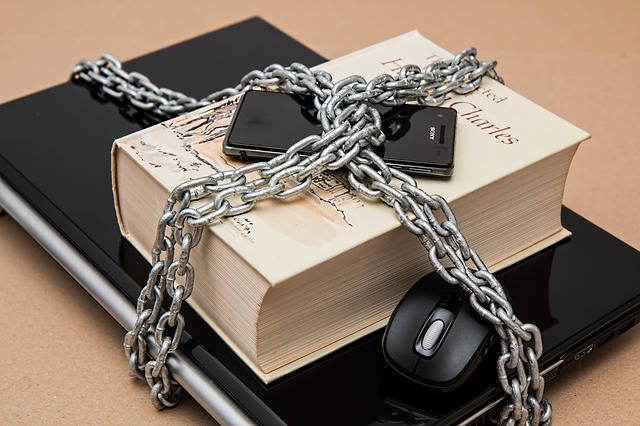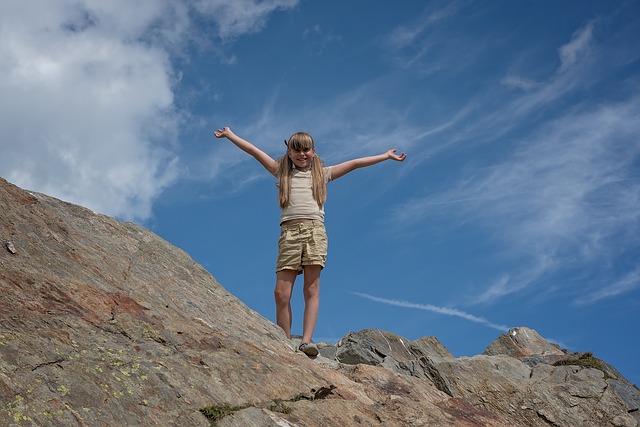Rasmus Hougaard and Jacqueline Carter, in their Harvard Business Review article, If You Aspire to be a Great Leader, be Present, reinforce the necessity for a leader to be present, especially when they are engaged in conversation. They demonstrate how being present contributes to effective leadership and draw examples from the experience of leaders. Rasmus and Jacqueline are the co-authors of the recently released book, The Mind of the Leader.
Rasmus and Jacqueline in doing research for their book, surveyed in excess of 1,000 leaders “who indicated that a more mindful presence is the optimal strategy to engage their people, create better connections, and improve performance”.
Being grounded
The authors explain how Loren Shuster, Chief People Officer at the Lego group, grounds himself before an important meeting or a presentation that he has to give.
His grounding is achieved by focusing on his body and imagining every part being alive with energy. This enables him to listen effectively, show respect for the views and opinions of others and access his own creative ideas and solutions to problems. This practice only takes five minutes but if affects the way he stands, sits and addresses people – his posture demonstrate that he is present and “with” the people with whom he is conversing. He automatically adopts a posture that is seen as respectful, attentive and engaged – characteristics that build connections and improve performance.
Silence the inner voice
The authors argue strongly that a key element of being fully present is to silence the inner voice – and this takes discipline. We cannot be actively present when we are saying to ourselves things like, “Oh no, here he comes again!”; “I wish she would ask someone else!” What have I done to deserve this?’; “I wish he would not get so emotional about things”. If our inner voice takes over, it is impossible for us to “tune in” to the other person. People easily sense that you are thinking your private thoughts and are not present – in consequence they feel unheard, devalued and frustrated that they cannot get their message across.
Be open to the needs of others
Our influence as leaders is very much determined by our capacity to meet the needs of others – whether they are sad, in pain, need more challenge, feel letdown, experiencing grief, or are fearful of pending changes to their role. A leader who is present and attentive to others’ needs will be well received and be very influential.
Mindfulness develops our capacity to be present, to be grounded in the moment and to acknowledge and act on the needs of others. As we grow in mindfulness through the stillness and silence of meditation we can access our creativity and bring that to bear in the present moment in our daily encounters with people and challenging issues.
By Ron Passfield – Copyright (Creative Commons license, Attribution–Non Commercial–No Derivatives)
Image source: courtesy of johnhain on Pixabay
Disclosure: If you purchase a product through this site, I may earn a commission which will help to pay for the site, the associated Meetup group and the resources to support the blog.
